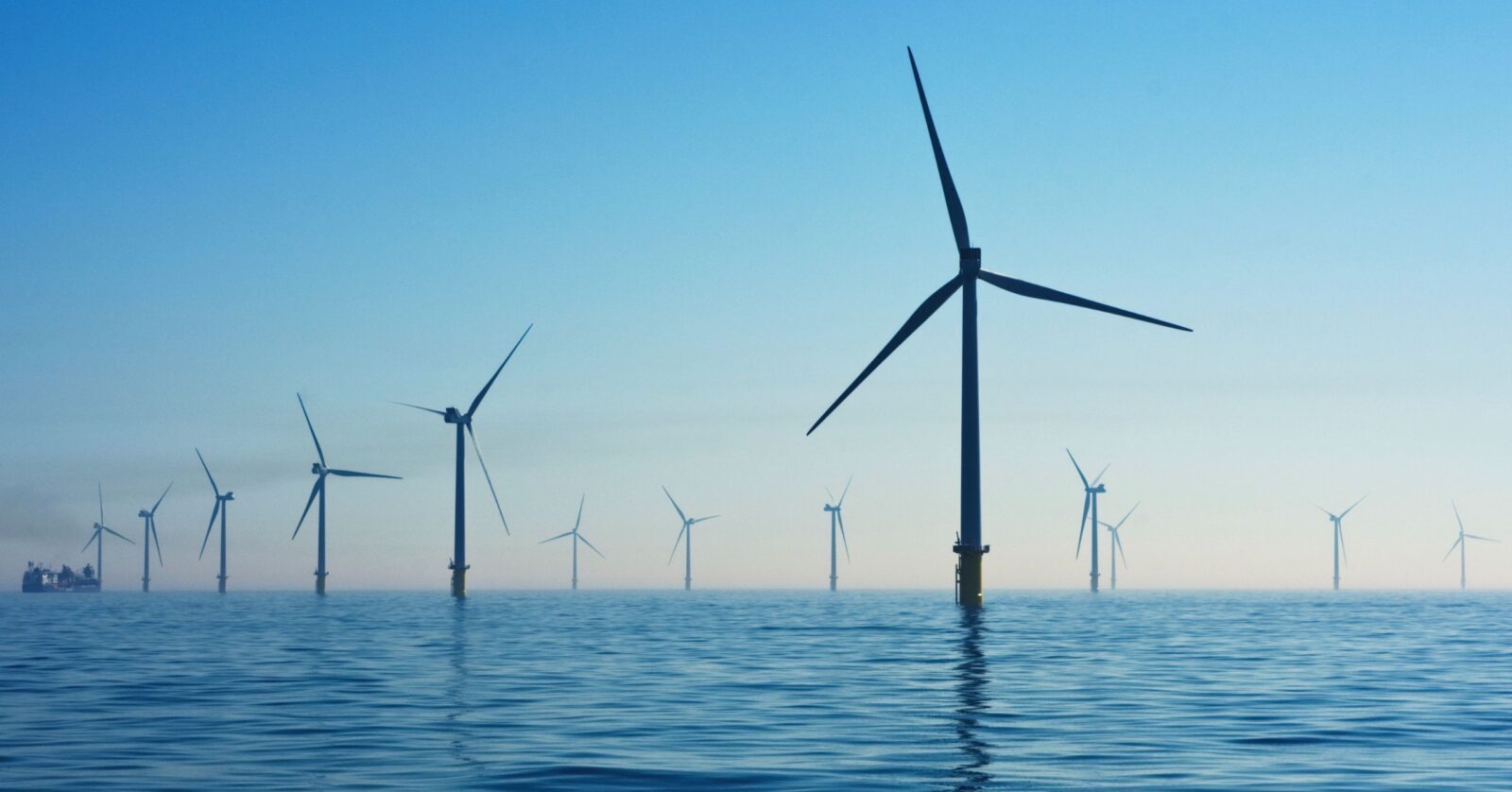This Singapore-Based Company is Investing in PH Renewable Energy Projects

Blueleaf Energy has revealed its commitment to invest around PHP 111.30 billion in renewable energy projects here in the Philippines. But is this viable? Here’s what we know.
Believe it or not, the Philippines actually has around 246,000 megawatts of untapped renewable energy. And given the country’s plans to increase its share of renewable energy in the power generation mix to 35% by 2030, a renewable energy platform’s plans to invest in the Philippines may help reach that goal.
With that being said, Blueleaf Energy, a renewable energy platform headquartered in Singapore, has revealed its commitment to invest $2 billion (approximately PHP 111.30 billion) in renewable energy projects here in the Philippines. These projects will take place over the next five years.
“We are looking at investing into a couple of hydro, run-off river hydro, large hydro assets,” says Raghuram Natarajan, the CEO of Blueleaf Energy. “But specifically for the Philippines, I would say it’s more solar, onshore wind, and storage.”
“Our intention is eventually to provide in the future a 24/7 renewable energy supply for the Philippines’ people,” the Blueleaf Energy CEO adds. “It’s not realizable immediately right now, but we’re working towards a pathway to reach it.”
Blueleaf Energy Partners with SunAsia Energy
As part of its investments in the Philippines, Blueleaf Energy has partnered with SunAsia Energy to put up 610.5-megawatt floating solar facilities that will be located on the water surface of Laguna Lake. And given the planned location of these floating solar facilities, they are going to span the following towns and cities of Laguna:
- Bay
- Calamba
- Sta. Rosa
- Victoria
According to Blueleaf Energy’s CEO, the renewable energy platform is looking to team up with more local partners for other projects in the country.
Renewable Energy in the Philippines
The United Nations (UN) defines renewable energy as energy that is “derived from natural sources that are replenished at a higher rate than they are consumed.” Examples of renewable energy sources are sunlight and wind.
When it comes to renewable energy, the Philippines actually has the third-largest geothermal capacity in the whole world with the United States coming first and Indonesia, second. Given this, it is no surprise that the Philippine government opened the country’s renewable energy sector to foreign ownership early this year.
“With the change, foreign investors can now hold 100% equity in the exploration, development, and utilization of solar, wind, hydro, and ocean or tidal energy resources,” according to the ASEAN briefing. “The policy change comes as the Philippines seeks to attract foreign investment to boost its renewable energy sector and meet its long-term climate targets.”
Local investors looking to explore this particular sector can use this opportunity to partner with foreign investors that can better fund projects. An increase in renewable energy production here in the country will also benefit companies that look to be more sustainable by being more environmentally friendly.




